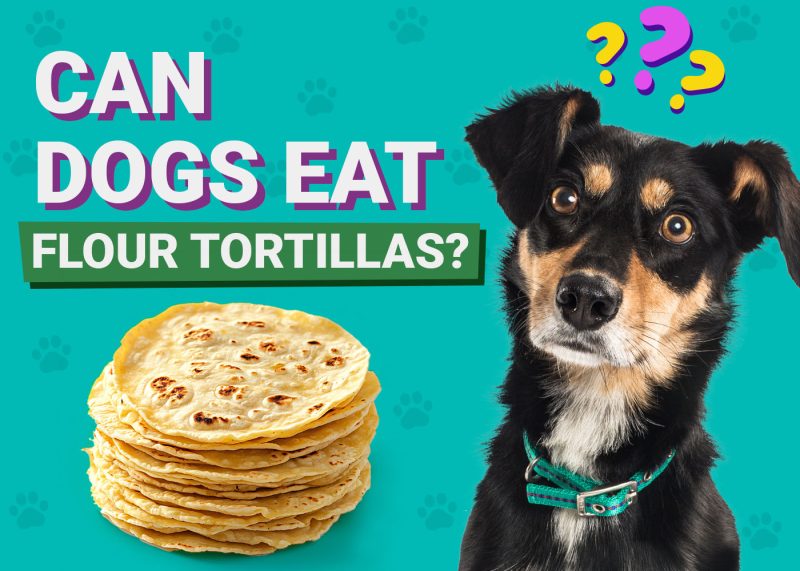In this article
Does the thought of eating a cricket or grasshopper make your stomach churn? Despite the “yuck” factor, many bugs are protein-rich. While you may not be interested in eating bugs, your dog might be!
Insect-based pet food has hit the shelves in specific markets, including the U.S. and Canada. But is it okay for dogs to eat bugs? And do insects meet your pup’s nutritional requirements? Yes, insect-based dog food is safe and beneficial for dogs, but it’s also important to consider certain downsides. Read on for an overview of insect-based dog food.
 What Exactly Is Insect-Based Pet Food?
What Exactly Is Insect-Based Pet Food?
If you want to jump on the bug bandwagon, it’s not as simple as putting a plate of crickets in front of your pup. All dog food should meet the dietary requirements for your dog’s breed and age. Insects are a source of protein, a nutrient that your dog needs.
The Association of American Feed Control Officials (AAFCO) sets guidelines for how much protein should be in dog food.
- At a minimum, a dog’s diet should be between 18% dry matter protein for a puppy and 8% dry matter protein for an adult dog.
- Ideal amounts are closer to 22% for puppies and 18% for adult dogs.
- There isn’t much benefit to going over 30%; it can even be harmful.
Crickets or grubs are the protein source in most insect-based dog food.
Your dog may need more or less protein based on its breed, lifestyle, and underlying health conditions. Consult with a veterinarian before you switch to new dog food.
If you need to speak with a vet but can't get to one, head over to PangoVet. It's our online service where you can talk to a vet online and get the personalized advice you need for your pet — all at an affordable price!

Is Insect Protein Safe for Dogs?
Insects don’t sound very appetizing, but dogs aren’t exactly known for their palates. (Insects like crickets and grubs are sustainable sources of protein.) It is generally shown that insects can provide good quality protein for dog food diets, but more research is needed.
What Are the Benefits of Insect-Based Dog Food?
Some consumers turn to insect-based dog food for ethical or environmental reasons. These pet owners may not feel good about beef or poultry farming practices. Insects are also an eco-friendly option. They require fewer resources, like precious farmland and water, to grow. Pups that are allergic to common protein sources may tolerate insect-based food. Bugs join a growing trend of novel protein sources like bison, venison, and lamb.

Are There Downsides To Switching to Insect-Based Dog Food?
The cost and availability of insect-based pet food are significant downsides in North America. This is still a small but growing segment of the pet food market. You may have to order insect-based food online, which comes in smaller bags and costs more per ounce than beef or chicken-based food.
If cost isn’t an issue and you can order it, know your dog may not like it. Dogs have their own taste preferences, just like we do. If swapping for allergy reasons, then take note that it is thought possible that pets with shellfish allergies may also be allergic to insect protein.
There is also little scientific research into insect-based diets for humans and pets. The long-term suitability of an insect-based protein diet has not yet been assessed fully, and risks of bacteria and antibiotic resistance need to be considered.
How Should I Switch to Insect-Based Dog Food?
Even healthy dogs can get an upset stomach from new food. The best way is to switch dog food gradually, over 5 to 7 days. On the first day, 25% of your dog’s diet should be insect-based food. Slowly increase that percentage to 100%.
Before you switch dog food, check with a veterinarian if your dog has a health condition or has experienced a bad reaction to food in the past.


A New Option for Your Pup’s Mealtime
Novel protein sources like bugs (and even alligators!) represent a growing market in the pet food industry. While these foods can be the solution to beef or chicken allergies, they are expensive. If you want to try bug-based dog food, look for a brand that follows AAFCO’s guidelines. Make the switch slowly, and ask a veterinarian if you have any questions.
See also:
- What Is Crude Protein in Dog Food? Everything You Need to Know!
- Ollie Dog Food Review: Is Ollie Good Value? Our Expert’s Opinion
Featured Image Credit: Karsten Winegeart, Unsplash



















